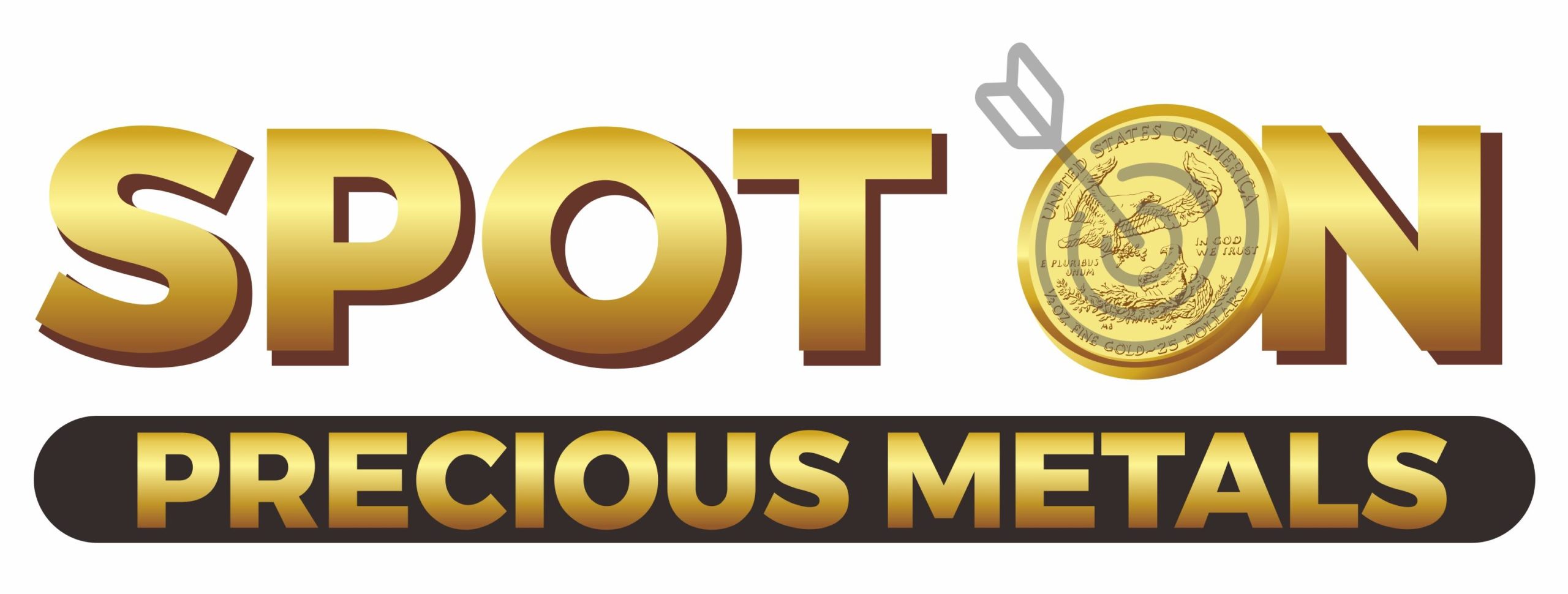We have developed a list of Frequently Asked Questions for you. Please peruse through and click on any of interest to you. Below the FAQ is a list of resources we think you will find helpful. We are always trying to improve. If you feel other resources would be helpful, just visit our Contact Us page and submit your suggestions. Thank you!
When dealing with gold or silver, how many ounces (troy) are there in a pound?
If you answered 16, the information in this answer will be important to you! Unlike the commonly known and used avoirdupois system, when buying and selling precious metals and gems, the troy system, or troy weight, is used. It is a system made up of grains (1g), pennyweights (1 dwt or 24 g), troy ounces (1 oz or 20 dwt or 480 g ),and the troy pound (1 lb or 12 oz or . There are only 12 troy ounces to a troy pound.
Confusing, isn’t it? Since you’re usually comparing apples to apples (or gold to spot gold, which is assuming a troy ounce of gold), it works out fine. Just remember that 1 ounce of gold does not refer to 1 avoirdupois standard ounce. Here is a link to a conversion calculator for pennyweights and troy ounces… CalculatorSoup.com. And here is a pic from their website, which is also an active link…
Why is there a difference between the amount I receive when I sell versus what it costs when I buy?
The market is changing moment by moment, and gold has been rising in general. So, sometimes a difference can be attributed to the market trending upward. But, the more likely reason is that there has to be some amount of profit for a dealer to remain in business. Profit margins vary greatly from dealer to dealer. We offer the highest prices paid and usually the lowest prices when selling. And, we’ll match or beat any bonafide offer to buy or sell from any other reputable dealer to customer. Although we work on minimal profit, and at smaller margins than almost any other dealer, we must maintain a small profit so we may stay in business to keep serving our clients.
How are diamonds measured, and how do I determine is a diamond is a natural, man-made or synthetic stone?
Our personal feeling is that a true, rare, high quality natural diamond is not only an item of beauty and romance, but is truly a great investment due to it’s portability, scarcity and stability. Diamonds are sold by carat weight (not Karat, which is pureness of gold). A carat is broken down into 100. So, a diamond is measure by percent of a carat to two decimal points. So, a one and a half carat diamond is expressed as 1.50 ct.
There are many diamond imitations (like CZ’s), which are fairly easy to discern from the real thing. Synthetic diamonds are ‘real’ in that they are made out of carbon, and match all the characteristics of a natural diamond (weight, chemical property, hardness, brilliance, scintillation… and the techniques of creating them is improving; so much so, that the only way to guarantee you are buying a natural diamond is to have it tested or certified in a GIA lab. We only deal with natural diamonds. To learn more, visit the Gemology Institute of America (GIA) website, or click here for some GIA information about synthetics.
